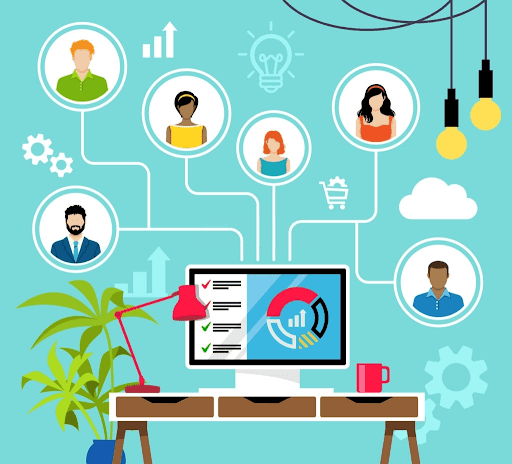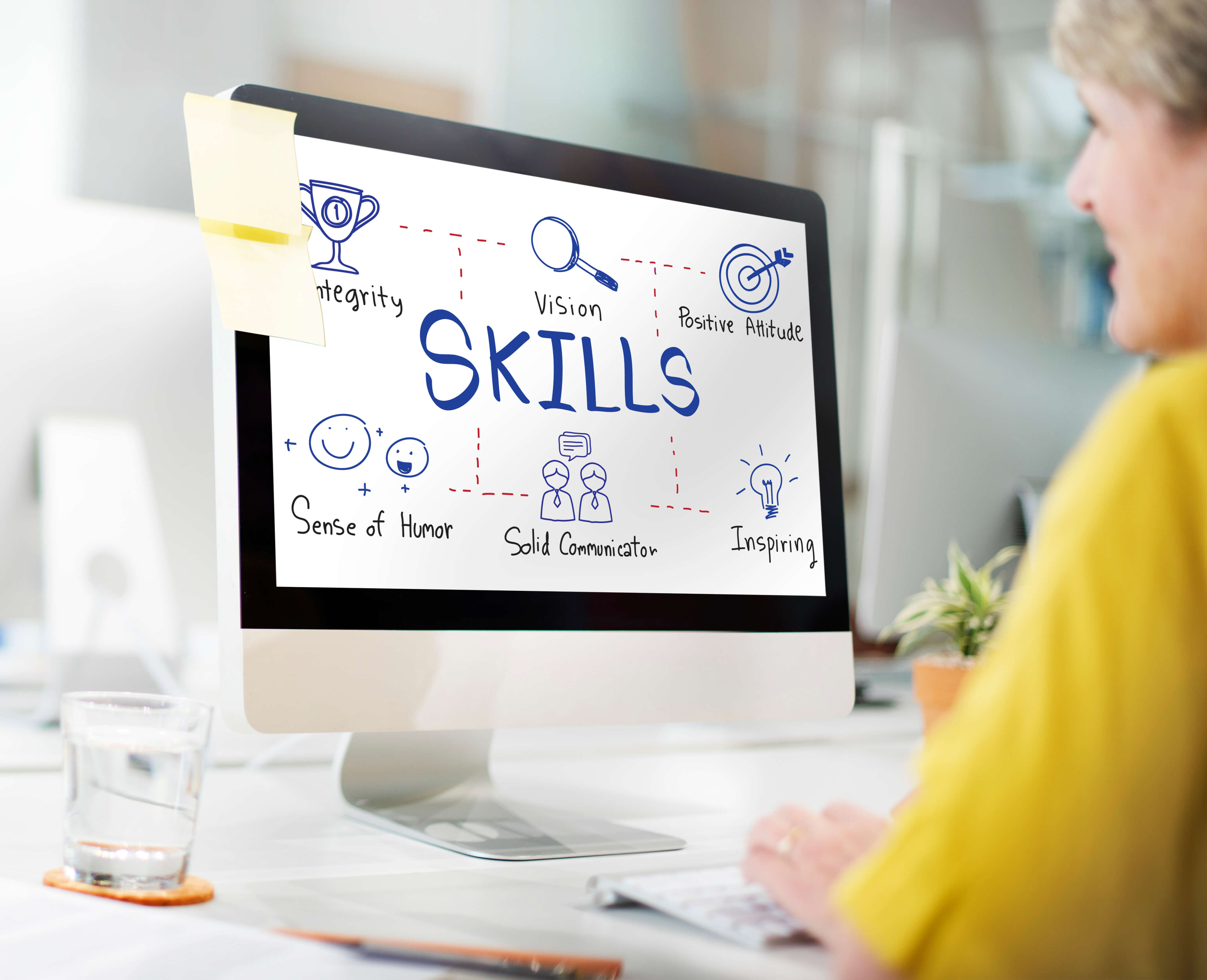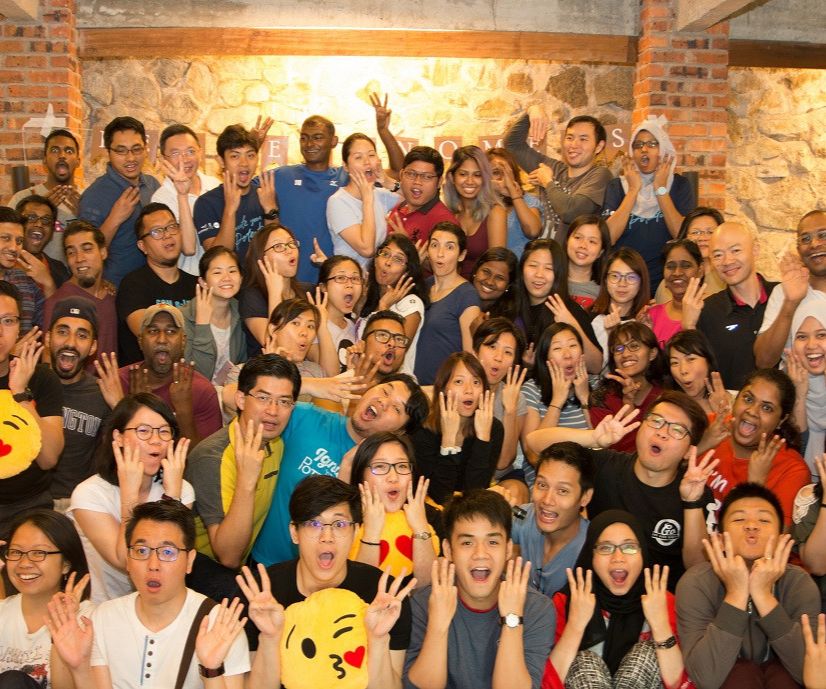HR Trends During This Pandemic

Image Licenced by Shubham Joshi - https://www.gettyimages.in/detail/illustration/remote-working-and-virtual-business-team-royalty-free-illustration/1269368232
Most employee needs are fulfilled by the human resource division of an organisation. The HR team is key in driving organisational results and in enabling the organisational culture and key behaviours to be demonstrated by the employees. With the advent of the pandemic, we have noticed HR teams going digital, amongst other trends. My goal with this article is to share some of these HR trends that we have encountered in key organisations since the pandemic began. I have focused this article on the longer-term trends and not the fad-by-the-hour trends.
What Are The Top HR Trends That Influences The Business?
Technologies like Artificial Intelligence (AI), Blockchain, Robotics Process Automation (RPA), Machine Learning (ML), Cloud, Analytics, and others will change the nature and the way HR professionals do their job. Yet, little is known about how to leverage the opportunities these new tools provide. This article helps to share some of our findings of great tools and processes that HR teams across Asia are deploying to take their business to the next level. I have bracketed them into key categories for ease of understanding. The trends are as below:;
Cloud-based HR
Cloud-based technological advancement unifies data, helping HR leaders to store and manage confidential data for the long term. Additionally, it guarantees the safety and security of the data. Most cloud HR offerings have good security and is easily accessible anywhere and anytime through the most connected devices. This allows HR to be done anytime and anywhere and not bound by location. This also frees up an organisation to hire talent from across the globe and manage them virtually. More importantly, HR cloud systems allow you to skip on expensive software, which also often requires infrastructure and regular maintenance from IT experts
Cloud-based HR simplifies employee attendance management, performance analysis, leave management, through usage of automated HR applications and software. It also allows personnel managers to calculate employees’ salary/wages by using online payroll software, which saves time and costs.
Remote Teams
Due to the COVID-19 pandemic, employees working remotely is the norm today, forcing the human resource teams to manage virtually. Technological advancement, like usage of Zoom (for conferencing and meetings) Happily and Budaya (for managing culture and alignment), MentorCloud (for intentional conversations to keep taking place), Necole (for daily alignment and learning) and other tech platforms have now allowed HR to seamlessly manage virtually. This is a huge opportunity for HR teams to enable their organisation to continue seamlessly despite the pandemic.
Read More: Top 10 HR Trends and Predictions

What HR Teams have Done During the Pandemic (Image Source)
These technological tools are an essential key to every HR team. For teams that are not leveraging technology. They continue to struggle. Below are some key areas I have highlighted more trends that HR must give priority and focus on during these turbulent times:
More Focus On Employee Learning for Retention
Nowadays, companies focus on giving employees better experience in working premises. By improving two-way communication, enabling positive feedback mechanisms, developing employee-centric rules and regulations, focusing on workforce training and development, etc., the personnel manager can increase the overall employee experience, helping retention.
However, a key part of retention is employee growth. Employees that consistently grow, stay. If you want to keep your employees, grow them. How you grow your employees is key to their retention. There are 3 types of employee growth:
- High potential employees who want fast growth - you need to grow them exponentially. Programmes like the Talent Acceleration Program (TAP) pioneered by organisations like Leaderonomics, help to propel and accelerate the growth of these employees. Deploy these programmes to exponentially grow them and retain them in the process. General Electric (GE) has created many hi-po programmes in the 80s and 90s, which helped propel these talents but also retain them.
- Normal Employee - normal employee need byte size learning provided to them consistently. The best digital tool to provide this consistent learning is necole. Necole is a Learning Experience Platform (LXP) that enables each learner to get personalised learning curated for their needs. For normal employees, pushing them too hard (like the high potentials) with too much learning, stiffles them. You will need to provide just the right amount, at the right time and in the right quantum. Necole and curated LXPs provide this possibility.
- Under-Performing Employees - most under-performing employees are not able to perform because they have stopped learning. The best way to get them back is to motivate and coach them. Get them good mentors to rekindle their love for learning. There is no point in pushing them to learn when there is limited motivation to learn. As such, using tools like Mentorcloud to institute a mentoring culture, would be key to enabling this group to move back to a performing employee craving to learn.
Prioritise Employee Well-being and Engagement
Employee’s happiness and well-being matters when we talk about their retention and keeping them for a longer term are nowadays quite challenging for the human resource department of an organization. Additionally, employee well-being increases their engagement and increases their productivity, which in the end helps the business by enhancing profitability.

Engagement Correlation (Image Source)
From the above chart, we can say that employee well-being boosts their engagement in the working premises as well as improves their happiness, retention rate, loyalty towards their job and organization, and also fostering an effective working environment for the manpower. From what I have seen, the best digital tool to drive employee engagement is Happily or Budaya. It is an incredible tool that helps connect managers to their people and also help to keep leaders abreast of the overall health of the organisation
Analytics With AI
Artificial Intelligence (AI) is a subset of Business intelligence, which is used by the human resource department of an organization to analyze the performance of the workforce. The older performance analysis process was complex as they need to prepare performance reports manually without embedded business intelligence. But with the help of KPI (Key Performance Indicators), the HR professionals prepare actionable insights for the performance analysis of an individual.
Recruitment And Leave Management Automation
With the help of automated biometric devices, HR can track their employees (if needed) as they punch in, punch out, and work throughout the day. Apps like KakiTangan enable seamless leave management and automate the leave process.
With regards to recruitment, automated tools like ATS (Applicant Tracking System) help the HR Team to classify the best match for the vacant place and also schedule interviews with the applicants. Digital recruitment processes offered by companies like Aisling and others offer simple, automated recruitment. Assessments and employee intelligence services can now help you to really know the candidates you are looking for, identify them, and onboard them into your organisations, using sophisticated Learning Management systems (LMS). You can read more about building a virtual workforce and processes here
Involve Employees In Decision-making Activity
Involving employees in decision-making activities is one of the best ways to motivate them and retain them for a longer period. Tools like Happily can double up as employee decision-making tools using their TownHall feature where you can engage the entire workforce on decisions and ideas in a collective manner.
Conclusion
The technological revolution transforms the human resource process from a time-consuming and costly one into a more efficient and organised one. It allows HR managers to perform their duties with automated tools, keep track of employee data including rewards and recognition, capture activities of the workforce and drive your People Initiatives (PIs) to align with the Business Priorities (BPs).
This is key for your business and organisation. So, if you have not digitised your Human Resource function, I highly recommend you to do so ASAP. Start with simple digital tools like Necole and Happily and progress on to more complex HR automation like HR analytics and Cloud-Based HR systems. All the best in your Digital HR Journey!
Check Out this video below on how Happily can transform your team
Functional
Tags: HR
References:
1. HR Trends for 2021 - HR Trends For 2021 | Future of Human Resource Management (selecthub.com)
2. 11 HR Trends - 11 HR Trends to take into account for 2021 | HR Trend Institute





